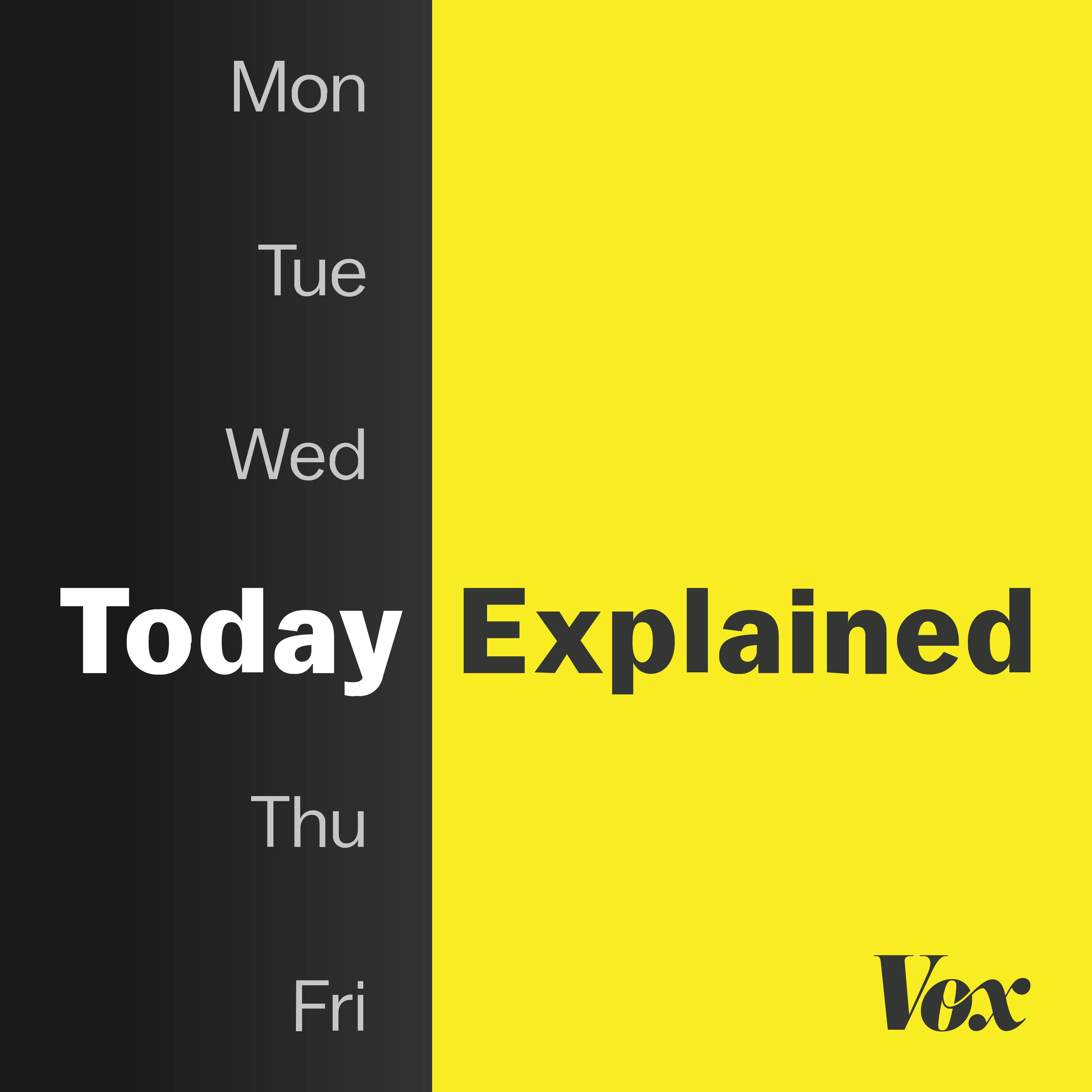
Our trillion-dollar credit card bill

Today, Explained
Deep Dive
Why did Americans' credit card debt surge after the COVID-19 pandemic?
During COVID-19, Americans spent less and received federal stimulus checks, which temporarily improved their financial situation. However, when stimulus checks ended and inflation spiked, many were caught off guard and resorted to credit cards to make ends meet, leading to record-high debt.
What is the current average credit card interest rate in the U.S.?
As of Q1 2024, the average credit card interest rate in the U.S. is 21.59%, a record high. Retail cards, like those from Target, often have even higher rates, averaging around 30%.
How has the minimum monthly payment on credit cards changed since the 1980s?
In the 1980s, the minimum monthly payment on credit cards was 5% of the balance. Mathematicians later reduced it to 2%, encouraging higher balances and increasing profitability for credit card companies.
What is the average household credit card debt in the U.S.?
The average U.S. household is carrying about $6,500 in credit card debt, the highest level in nearly four decades.
Why are Gen Z borrowers particularly vulnerable to credit card debt?
Gen Z borrowers have lower credit limits (median $4,500) compared to other generations (over $16,000), making it easier to max out their cards. Many use credit cards as emergency funds due to a lack of savings, trapping them in a cycle of debt.
What impact does credit card utilization have on credit scores?
Credit card utilization accounts for 30% of a FICO score. While making minimum payments and avoiding maxing out balances can help maintain scores, delinquency (missing payments) significantly damages credit scores.
What was the Credit Card Accountability, Responsibility, and Disclosure (CARD) Act of 2009?
The CARD Act of 2009 required credit card statements to disclose how long it would take to pay off a balance and the total interest cost if only minimum payments were made. It also banned retroactive rate hikes, gave consumers 21 days to pay bills, and limited marketing to young adults.
Why are credit card interest rates so high in the U.S.?
A 1978 Supreme Court ruling allowed national banks to follow the usury laws of their headquarters' state. Banks like Citibank moved to states like South Dakota, which abolished usury laws, enabling them to charge higher interest rates nationwide.
What is the Capping Credit Card Interest Rates Act?
Introduced by Senator Josh Hawley, the Capping Credit Card Interest Rates Act proposes an 18% cap on credit card interest rates and fees. Similar bills have been introduced in the past but have failed to pass due to lobbying from banks.
How does Buy Now, Pay Later (BNPL) contribute to consumer debt?
BNPL services often skirt reporting requirements by structuring payments as four installments over six weeks, avoiding regulatory scrutiny. A Bloomberg Harris poll found that a third of respondents have over $1,000 in BNPL debt, adding to their financial burdens.
Shownotes Transcript
Christmas is over and now comes the financial hangover. In an episode from earlier this year, guest host Jonquilyn Hill looks into the root causes of America's record-high credit card debt.
This episode was produced by Victoria Chamberlin, edited by Matt Collette, fact-checked by Laura Bullard and Amina Al-Sadi, engineered by Andrea Kristinsdottir and Patrick Boyd, and hosted by Jonquilyn Hill.
Transcript at vox.com/today-explained-podcast)
Support Today, Explained by becoming a Vox Member today: http://www.vox.com/members)
Learn more about your ad choices. Visit podcastchoices.com/adchoices)